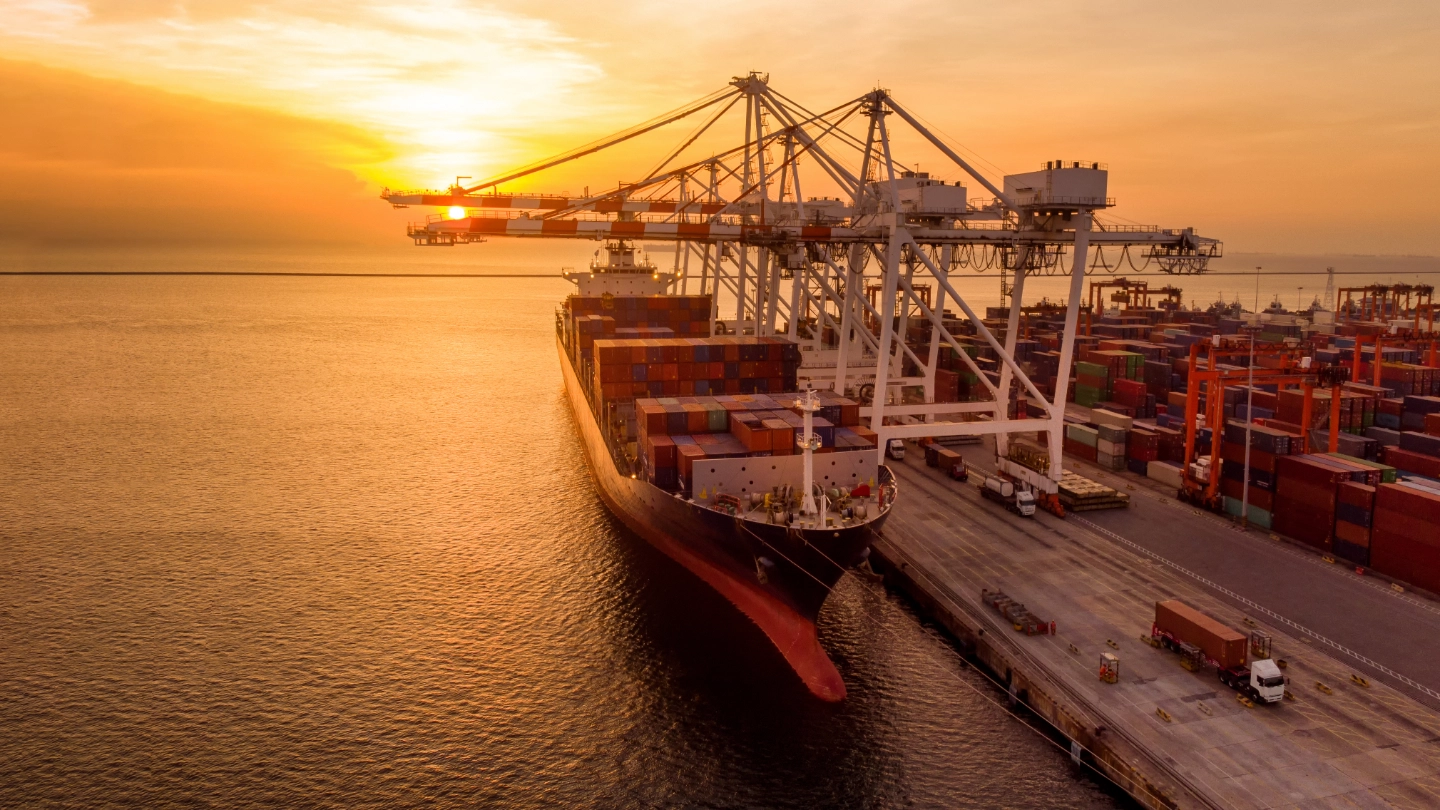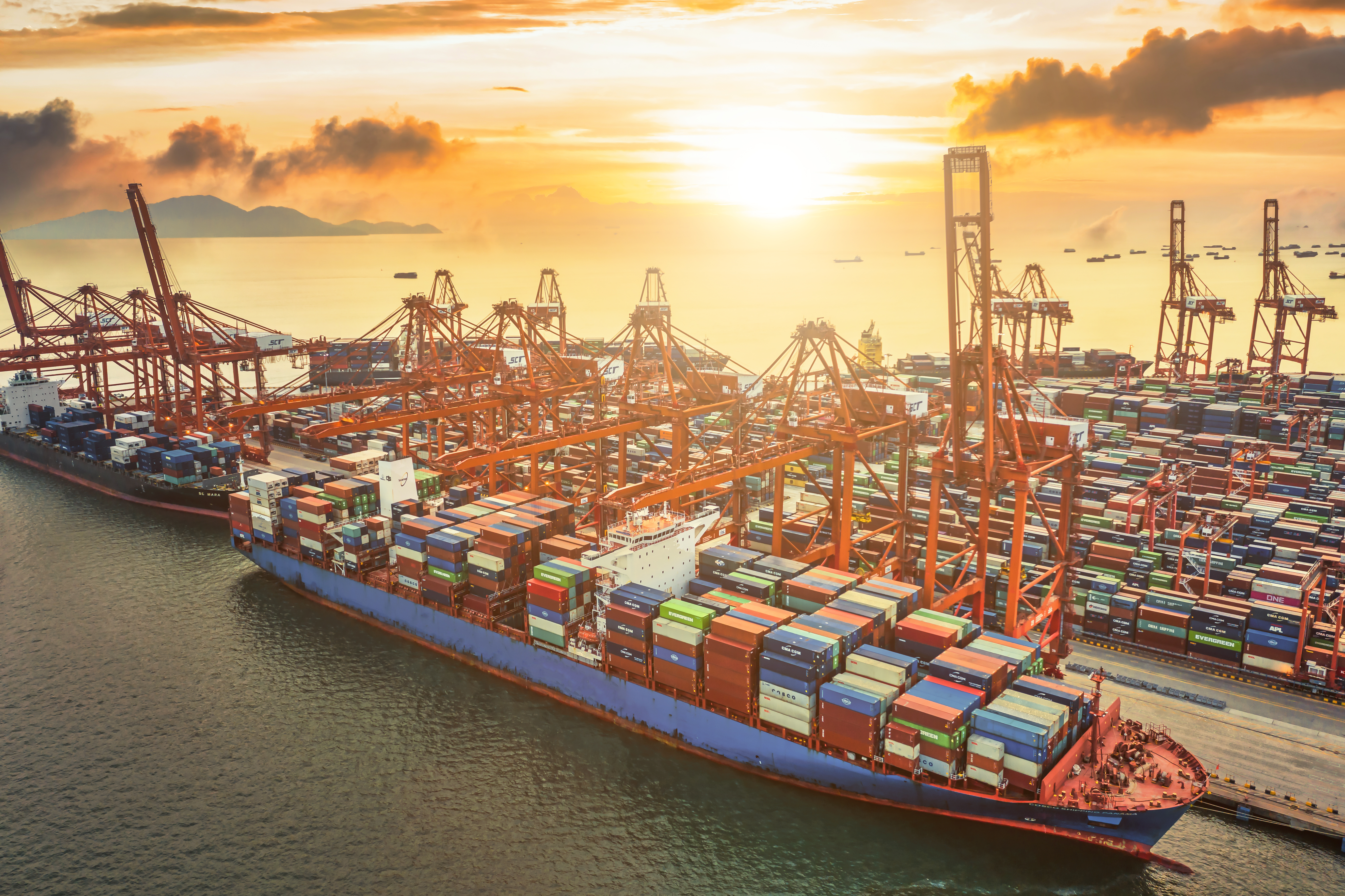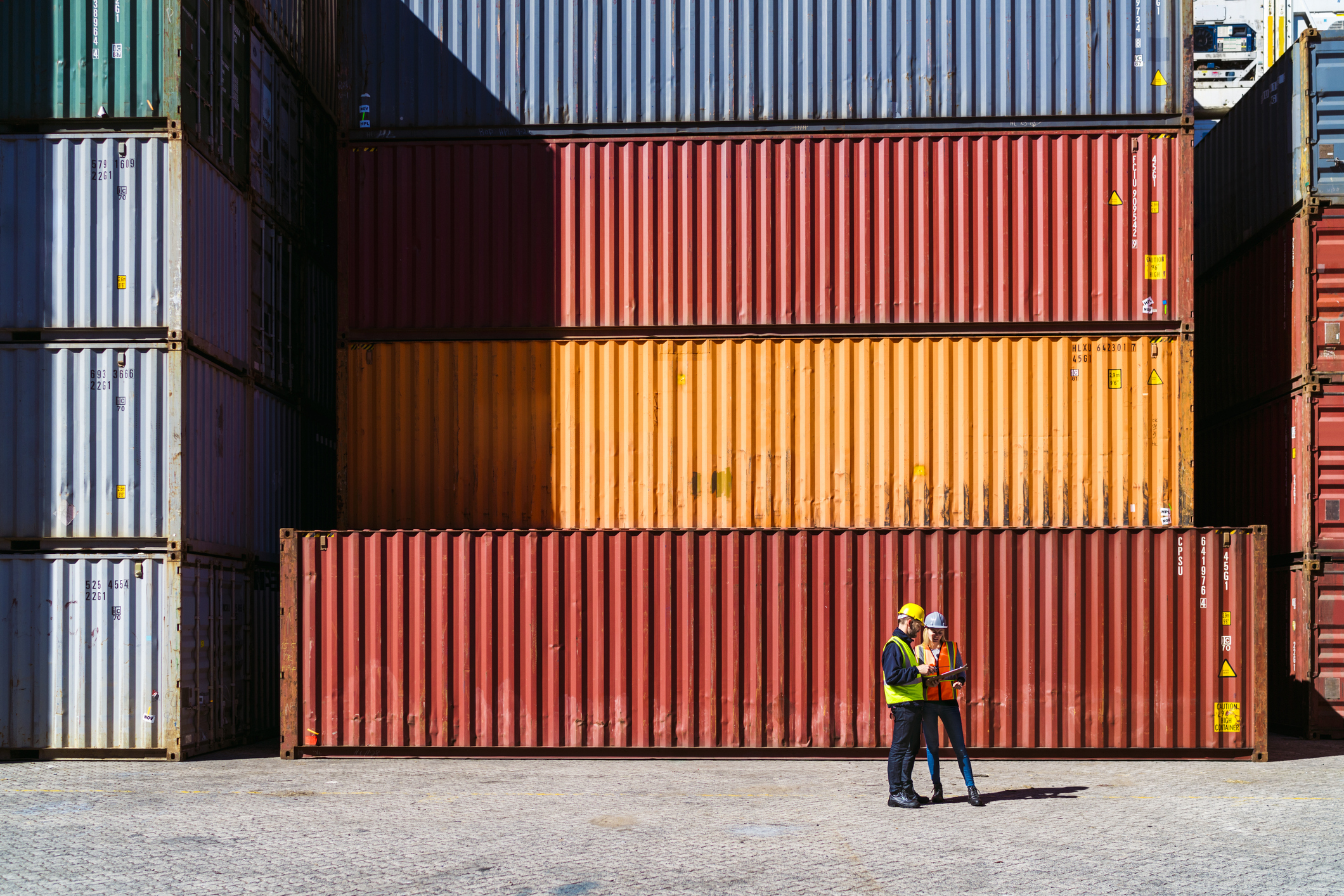
A calm of sorts has descended on the trade war between the US and China after a deal was struck in London late last month, but a conflict by proxy may now be about to begin. While direct confrontation between the world’s two largest economies has eased for the time being, Washington has turned its attention to China’s Asian neighbours.
The agreement struck in London sets a US import duty of 55% on non-exempted Chinese goods, while China will impose 10% levies on imports from the US. Restrictions on the flow of some goods and materials in both directions will be eased, and Chinese students will retain access to US universities.
While the deal represents a positive step for global trade, the latest developments in Washington suggest hostilities are far from over. Fresh US tariff announcements target multiple Asian economies with rates of between 20% and 40%. This is likely an attempt - at least in part - to stop China sidestepping US levies by rerouting goods through its Southeast Asian neighbours.
China’s strategic manoeuvring has been actively redrawing the global trade map for some time, in response to both US trade tensions and longer term factors. That has offered opportunities for businesses with a nuanced understanding of regional advantages, tariff regimes and evolving trade policies. But, as President Trump’s new tariff announcements show, it also presents growing risks.
Southeast Asia, the region that has benefited most from US/China trade tensions in recent years, now faces its own tariff threats, and will find it increasingly difficult to keep both Washington and Beijing happy. The most likely outcome for international businesses is rising geopolitical exposure, compliance complexity and credit risk.

Southeast Asia faces new risks to growth
As manufacturers move, so do trade routes. During the first Trump Presidency and, later, the Covid pandemic, the redrawing of global trade maps created significant opportunities for the developing nations of Southeast Asia. The region has become a critical part of global supply chains, benefitting from the diversification strategies of both Western and Chinese businesses, alongside China’s tariff mitigation measures.
Increased trade and investment is driving economic growth in countries like Vietnam, Thailand and Indonesia. Most recently, China has been rerouting its trade through Southeast Asia to mitigate the impact of tariffs. Notably, data on re-exports, which are goods that are exported in the same form they were imported, shows a sharp rise in Singapore and Taiwan, two countries that face considerably lower US tariffs than China.
But new developments in Washington’s tariff war are putting regional progress at risk. Initially, President Trump imposed and then paused a range of punishing “reciprocal tariffs” on countries like Cambodia, Laos, Vietnam, Sri Lanka, Bangladesh, Thailand, Indonesia, India and Malaysia.
Most recently, Washington extended the tariff pause - due to end in July - till 1 August, but also started publishing details of the tariffs that countries could expect if trade deals were not agreed. In a series of letters, President Trump promised duties of 25% on Japan and South Korea if talks fail, while Cambodia faces a rate of 36% and Myanmar and Laos will be hit with tariffs of 40%.
The Vietnam model
And what if talks don’t fail, and agreements are reached? A template can be found in the recent trade deal between the US and Vietnam. The deal imposes a 20% levy on Vietnamese imports to the US, which is lower than the rate faced by China and the threatened rates faced by other countries in the region. Vietnam appears at first glance to have secured a regional advantage.
But there are caveats here. Most obviously, with the 1 August deadline in mind, Vietnam’s neighbours will be rushing to make deals of their own, and might secure similar or even more favourable terms.
But perhaps most importantly, the Vietnam deal also specifies a 40% tariff on transhipments. At the moment, the precise definition of a transhipment in this context is unclear. If the 40% tariff only applies to mislabelled Chinese goods, the impact could be relatively modest. If it applies to goods with any share of Chinese inputs, and a transhipments clause is repeated in deals between the US and other Asian economies, it could significantly undermine growth and investment in the region.
China's strategy is wider than short-term tariff mitigation
Local advantages beyond tariff mitigation
Transshipment strategies have not been the only factors driving a shift in global trade. “China has indeed actively been rerouting trade through Southeast Asia to mitigate the impact of tariffs and diversify its export markets,” says Bert Burger, economist at Atradius. “But China’s strategy is wider than short-term tariff mitigation. For a start, Chinese manufacturers are also setting up production facilities in Southeast Asia because they want to make use of local advantages, and have been for some time.” Those advantages include lower salaries and fiscal subsidies. Chinese manufacturers also want to be closer to growing markets, with demand for Chinese goods surging in many ASEAN countries.
That’s also true of the China+1 strategy followed by many Western businesses that want to maintain a presence in China while diversifying manufacturing operations into other Asian nations. The trend began during Trump’s first presidency as trade war tensions ramped up, and accelerated after the supply chain disruptions caused by the Covid pandemic. It continues today. The question now is, for how long?
Southeast Asia awaits its fate
The latest developments from Washington threaten to undermine the rationale behind the China+1 strategy. Tariffs of the scale currently being considered - especially with extra levies on transhipments - would significantly impact the attractiveness of these markets as alternative manufacturing and exporting hubs. Chinese businesses in particular will accelerate domestic reshoring if Asian neighbours confer no significant commercial advantage.
And, while many economists expect a number of deals to be concluded in the coming weeks, uncertainty around tariff levels could still reduce or delay investments in the region as Western and Chinese businesses wait for the dust to settle.
“The China+1 strategy may have been popular for a long time, but it is now under pressure. If Trump ultimately imposes high tariffs on transshipments from China via Southeast Asian countries to the US, its effectiveness will be significantly reduced”, says Burger.

On its own, the recent agreement between the US and China is unlikely to alter the trend towards more diverse Asian supply chains. The 55% tariff on Chinese goods is a significant improvement on the 125% announced in April but remains considerably higher than current US duties on alternative regional manufacturing hubs. But if Trump’s threatened tariffs on Thailand, Indonesia, South Korea and others are eventually implemented, or deals follow the Vietnam template, all bets are off.
“Southeast Asian countries have been looking to benefit from increased investment and trade opportunities as businesses seek to diversify and mitigate risks associated with US-China tensions,” says Dana Bodnar, economist at Atradius. “But if Washington’s proposed tariffs on the region materialise, including levies on transhipments, many of its advantages in manufacturing and transshipments disappear.”
Businesses see benefits - and challenges
In this uncertain climate, businesses face opportunities and risks. For manufacturers, automakers, retailers and others, alternative Asian markets for materials, goods and components create more resilient supply chains. Competition could also lead to cost benefits. And manufacturers that diversify operations within Southeast Asia could reduce exposure to any future flare ups in US-China trade tensions, as well as benefiting from lower salary levels and government subsidies.
But diversification strategies only work if your alternative manufacturing hub avoids the US President’s unpredictable wrath. “Many Southeast Asian economies are seeing export booms to the US and EU, but final US duty rates of between 20% and 40% - with added costs for transhipments - would severely hit exporters' margins and cash flows,” adds Bodnar. “That would in turn increase the probability of late payments and defaults, especially in the B2B space.”
If Washington's proposed tariffs on the region materialise many of its advantages in manufacturing and transshipments disappear
Duties at those punishing levels may never be implemented, but right now it’s impossible to be sure. And a more diverse and complicated global trade picture presents other challenges. Re-export practices, coupled with limited processing in intermediary countries, could trigger disputes over trade origin and duty evasion, increasing exposure to political and regulatory risks. Compliance becomes more complex when goods cross multiple borders.
At the moment, the situation is fluid, and the only certainty is that global trade geography is changing. Southeast Asian nations could still benefit, but only if they can pull off the tricky balancing act of keeping both the US and China happy. Businesses also sense opportunities, but navigating this shifting landscape requires knowledge and skill. Global trade is evolving, and both nations and businesses will have to evolve with it.
- New US tariffs target multiple Asian economies
- This reflects the US growing scrutiny of supply chain routes and trade circumvention tactics
- The most likely outcome for international businesses is rising geopolitical exposure, compliance complexity and credit risk
- The only certainty in this fluid situation is the shifting landscape of global trade





































